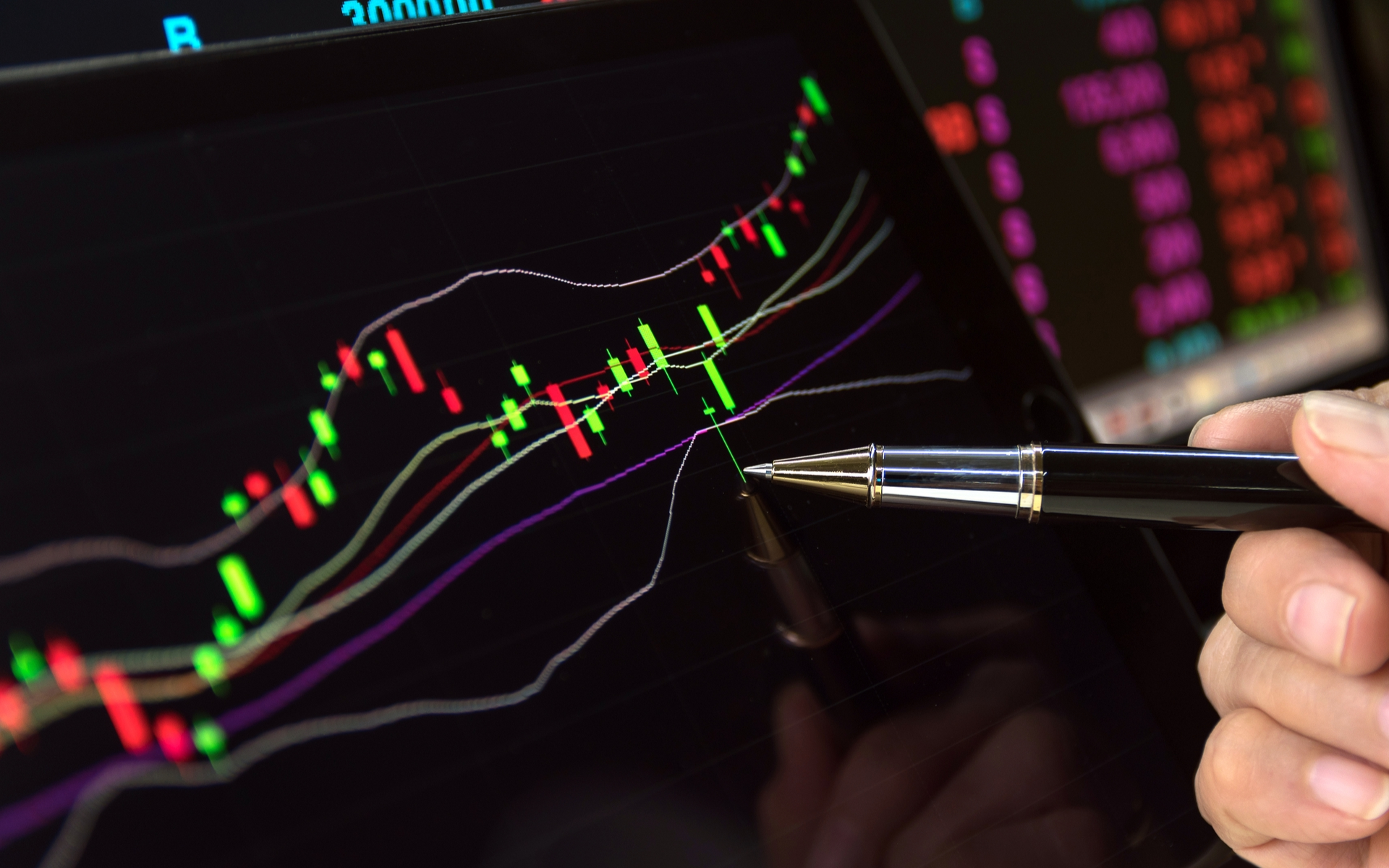
Navigating the Landscape of Cryptocurrency Trends 2025: What’s Next for Digital Finance?
The cryptocurrency landscape is a whirlwind of innovation, disruption, and rapid evolution. By 2025, the sector is poised to transcend its reputation as a speculative asset class, embedding itself deeper into global finance, governance, and everyday life. From decentralized autonomous organizations (DAOs) reshaping corporate structures to central bank digital currencies (CBDCs) redefining monetary policy, the next wave of crypto trends promises to blend technology with real-world utility. For investors, businesses, and curious observers, understanding these shifts is critical to staying ahead. In this blog, we’ll unpack the most impactful cryptocurrency trends of 2025, offering insights into how they’ll shape the future of money, technology, and society.
1. DeFi 3.0: Hyper-Personalized Finance
Decentralized Finance (DeFi) has come a long way since its early days of yield farming and liquidity pools. By 2025, DeFi 3.0 is expected to deliver tailored financial solutions powered by artificial intelligence (AI) and interoperable blockchain networks.
- AI-Driven Protocols: Platforms like Aave and Compound are integrating AI to offer personalized lending rates, risk assessments, and automated portfolio management. Imagine a DeFi app that adjusts your investment strategy based on real-time market data and your risk tolerance.
- Cross-Chain Liquidity: Projects like Polkadot and Cosmos are enabling seamless asset transfers across blockchains, erasing the silos between Ethereum, Solana, and other networks. This interoperability will unlock trillions in “stuck” liquidity.
- Institutional DeFi: Major banks and hedge funds are launching permissioned DeFi platforms compliant with regulations, blending decentralization with institutional-grade security.
2. AI and Blockchain: A Symbiotic Revolution
Artificial intelligence is no longer just a buzzword—it’s becoming the backbone of crypto innovation. In 2025, expect AI to supercharge blockchain efficiency, security, and usability:
- Smart Contract Audits: AI tools like CertiK’s Skynet are autonomously scanning code for vulnerabilities, reducing hacks and rug pulls.
- Predictive Market Analysis: AI algorithms process social media sentiment, on-chain data, and macroeconomic trends to forecast crypto price movements with uncanny accuracy.
- Decentralized AI Marketplaces: Platforms like Fetch.ai allow users to monetize their data or rent AI computing power via crypto payments, creating a decentralized AI economy.
3. Quantum-Resistant Cryptography: Preparing for the Inevitable
Quantum computing poses an existential threat to blockchain security. By 2025, crypto projects are racing to adopt quantum-resistant algorithms to safeguard networks:
- Post-Quantum Blockchains: Projects like QANplatform and Algorand are pioneering quantum-proof consensus mechanisms, ensuring Bitcoin and Ethereum remain secure even against quantum attacks.
- Government Backing: The U.S. National Institute of Standards and Technology (NIST) is collaborating with crypto firms to standardize quantum-resistant encryption.
4. CBDCs: The Digital Currency Arms Race
Central Bank Digital Currencies (CBDCs) are no longer experiments—they’re reality. By 2025, over 50 countries are expected to launch or pilot CBDCs, reshaping global finance:
- Cross-Border Payments: CBDCs like China’s e-CNY and the EU’s digital euro are streamlining international transactions, slashing fees and settlement times from days to seconds.
- Privacy Concerns: While CBDCs offer efficiency, governments face backlash over surveillance risks. Privacy-focused designs, such as the Bahamas’ “Sand Dollar,” are gaining traction.
- Crypto Competition: CBDCs could either complement or compete with stablecoins like USDC, depending on regulatory frameworks.
5. Sustainability Becomes Non-Negotiable
The 2025 crypto ecosystem is greener than ever, driven by investor demand and regulatory pressure:
- Carbon-Negative Blockchains: Networks like Celo and Near Protocol are not just reducing emissions—they’re actively removing CO₂ via blockchain-verified carbon credits.
- Proof-of-Stake Dominance: Ethereum’s 2022 Merge paved the way for PoS adoption. By 2025, over 80% of new blockchains use energy-efficient consensus models.
- ESG Reporting: Crypto projects now disclose environmental impacts alongside financials to attract institutional investors.
6. Tokenization of Real-World Assets (RWAs)
From real estate to fine art, tokenization is democratizing access to trillion-dollar markets:
- Fractional Ownership: Platforms like RealT and Maple Finance let users buy “shares” of commercial properties or vintage cars via NFTs, lowering entry barriers.
- Corporate Adoption: Companies like Tesla and BlackRock are tokenizing assets on blockchain for transparent, liquid trading.
- Regulatory Frameworks: Governments are creating guidelines for RWA tokenization, ensuring compliance with securities laws.
7. DAOs: The Future of Governance
Decentralized Autonomous Organizations (DAOs) are evolving from niche experiments to mainstream entities:
- Corporate DAOs: Startups like VitaDAO (biotech research) and CityDAO (decentralized cities) are using DAO structures to crowdsource funding and decision-making.
- Legal Recognition: Jurisdictions like Wyoming and Singapore now recognize DAOs as legal entities, enabling them to sign contracts and pay taxes.
- Hybrid Models: Traditional companies are adopting DAO-like governance to boost transparency, letting shareholders vote via tokens.
8. The Metaverse Matures: Crypto as Digital Lifeblood
The metaverse is no longer a sci-fi dream—it’s a thriving digital economy powered by crypto:
- Virtual Real Estate Boom: Platforms like Decentraland and The Sandbox see prime “land” selling for millions, with corporations like Gucci and Samsung setting up virtual stores.
- Play-to-Earn 2.0: Blockchain games now offer sustainable income models, blending NFTs, DeFi staking, and skill-based rewards.
- Interoperable Avatars: Users can transfer digital identities and assets (e.g., NFTs, currencies) across metaverse platforms seamlessly.
9. Regulatory Clarity: A Double-Edged Sword
By 2025, global crypto regulation is more defined—but challenges remain:
- Unified Standards: Bodies like the IMF and FATF are pushing for consistent anti-money laundering (AML) and tax rules across borders.
- DeFi Compliance: Regulators are cracking down on “anonymous” DeFi protocols, requiring KYC checks for liquidity providers.
- Innovation vs. Control: Striking a balance between stifling innovation and protecting users remains a hot-button issue.
10. Navigating Risks in 2025: A Survival Guide
While opportunities abound, the 2025 crypto landscape is not without pitfalls:
- Smart Contract Risks: Even with AI audits, code vulnerabilities persist. Stick to audited, well-established platforms.
- Regulatory Whiplash: Stay updated on local laws to avoid legal pitfalls.
- Market Volatility: Diversify across stablecoins, blue-chip cryptos (BTC, ETH), and utility tokens.
- Scam Evolution: Deepfake videos and AI-generated “rug pull” schemes are on the rise—verify before trusting.
The Road Ahead: Crypto in 2030 and Beyond
The trends of 2025 are just the beginning. Looking further ahead:
- AI-Optimized Blockchains: Networks that self-adopt based on AI feedback.
- Universal Basic Income (UBI) Tokens: Governments experimenting with crypto for social welfare.
- Space-Based Mining: Asteroid resource tokenization (yes, really).

Conclusion
The cryptocurrency landscape of 2025 is a fusion of cutting-edge tech, regulatory maturity, and real-world integration. From quantum-resistant blockchains to DAOs governing real cities, crypto is transcending its financial roots to redefine how we live, work, and interact. For those willing to adapt, the opportunities are boundless—but so are the risks. Stay curious, stay cautious, and remember: the future of finance is not just digital. It’s decentralized.






